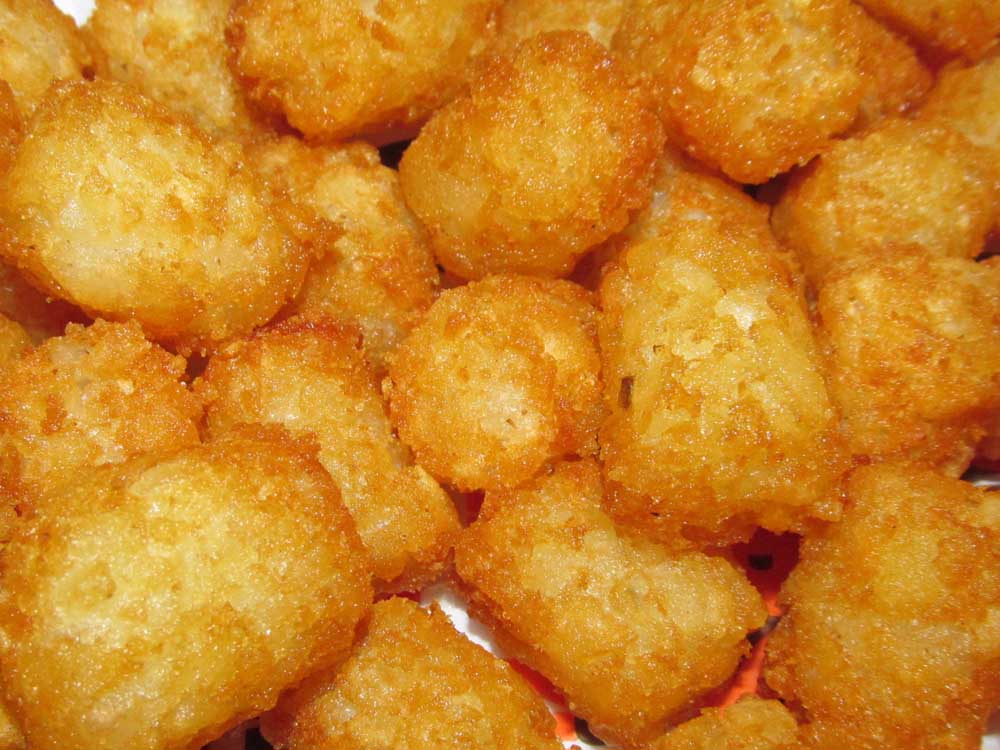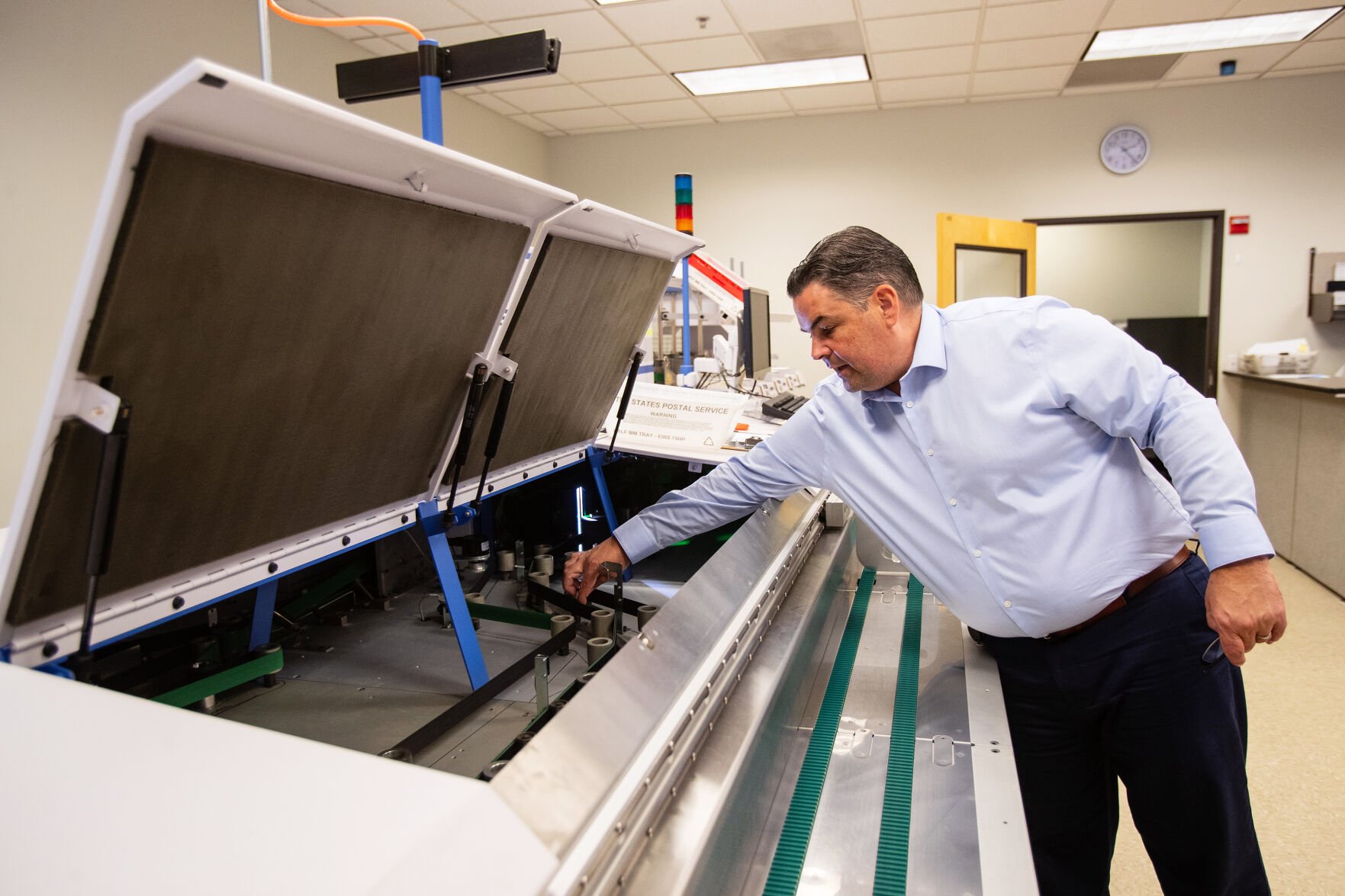Offbeat: Tater tot defines Eastern Oregon potato country
Published 12:30 am Tuesday, January 2, 2024

- A close-up of deep fried Tater Tots reveals their texture.
Editor’s note: This is the third in a series about iconic food invented in Oregon.
The tater tot, 1953As we turn our attention to what food historian Heather Arndt Anderson calls “Oregon’s prodigal spud,” we are straying into distinctly non-Christmassy territory. And yet, in the few dozen short years since brothers Golden and Neef Grigg invented it, the Tater Tot has become as much a part of American comfort food as the Velveeta-drenched macaroni noodle.
It all got started just after the Second World War, when Golden and Neef rented a flash-freezing plant in Ontario (the town in Oregon, not the province in Canada). They were in the frozen vegetable business, specializing in sweet corn.
A few years later, their landlord went bankrupt, and the brothers bought the plant out of foreclosure and expanded their corn hustle into a full-blown frozen-foods company, planning to add frozen French fries to their offerings. Ontario being right on the Idaho border, the brothers — who actually lived on the Idaho side of the line — named their new company Ore-Ida.
By 1953 Ore-Ida was the biggest producer of frozen corn in the country. But the real money was in French fries. Another famous Idaho resident, J.R. Simplot, had figured out how to freeze potatoes without them turning black. Now the brothers wanted to use his system to create frozen, ready-to-cook fries; but this was turning out to be a bigger headache than they’d thought it would be.
The problem was, when a potato was cut up into fries, they needed a way to get rid of the irregular pieces and cut-off ends. They were having a hard time coming up with a mechanical solution to this, and customers were really not into buying a bag of French fries that was mostly half-inch-long slivers.
Then one day, a very confused salesman showed up to try to sell the brothers a prune-sorting machine. Of course, everyone got a good laugh when the salesman realized his error; but instead of hitting the road in search of the nearest actual fruit processor, he stuck around and visited for a bit. One thing led to another, and pretty soon the salesman was showing off his fruit sorter … and the brothers were thinking hard. The machine looked like it would, with the right modifications, do a pretty good job on potatoes as well.
To his probable surprise, when the salesman left the Griggs’ shop, he had an order in his pocket. And with the modifications the brothers had specified, it turned out to be just what they needed.
But now they had another problem — a good problem, but a problem nonetheless: Lots and lots of ends and bits of potatoes left over from the French fry cutting process.
They started out by feeding them to livestock. But the brothers hated this. There was nothing wrong with the potato bits they were getting; they were fit for human consumption. Feeding them to animals seemed like a waste.
So they tried a few things — ways to turn tiny chunks of potato into something people would want to eat. And one of the first things they tried was chopping the potatoes up fine, compressing them into a long, thin log like a giant pepperoni stick, and cutting the stick into segments.
Very quickly they figured out that they were onto something big.
The Tater Tots had their table debut the following year, when Golden and Neef brought a 15-pound bag of tots to the 1954 National Potato Convention. Neef persuaded the chef at the convention dinner to cook up the tots and serve a few of them on small saucers next to each diner’s plate.
“These were all gobbled up faster than a dead cat could wag its tail,” Neef wrote, 35 years later.





